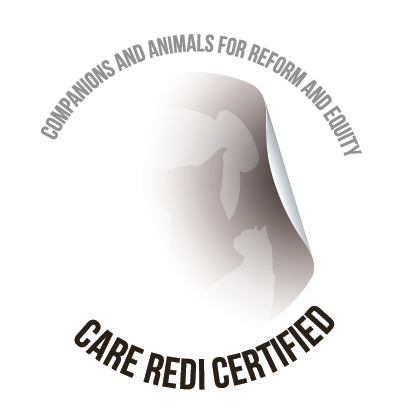Well-Being from every angle
How we understand these terms will help us navigate our relationships amongst our teams and with the humans who care for the animals we work with. Having gaps or delinquencies in welfare negatively impacts well-being, a multifaceted, complex concept, which is why many of us know the term ‘Welfare’ to be a noun, like governmental assistance programs. For animals, like children, these gaps must be identified by outsiders. Since there is not a self-identify capacity here, we inadvertently now introduce a judgment bias from these outsiders.
Consider the following case history:

A 4-year-old female, spayed boxer whose family died in a house fire was also presumed dead. She must have run into the woods nearby. After several weeks, a neighbor noticed a dog in the security camera and tried over the next week to get the dog to come into the yard. She eventually did and was subsequently identified by microchip and started on a refeeding program due to severe weight loss and behavioral plan for the anxiety. The neighbor offered to re-home her and started the re-feeding journey. On a walk the next day, another human, advocating for the emaciated state of the dog, reports to animal care that this underweight dog was being mistreated/starved.
Who has advocated for the welfare of the animal?
Whose well-being was being addressed?
Is there a welfare issue for this dog?
Likely yes, because it does indeed have a medical condition; however, it is already being addressed under the care of a medical team and caretaker.
However, contemplate that “well-being” is at play for many players:
- The dog: building trust and having a secure home, we would hope it has improving well-being;
- The caretaker: advocating for the dog’s welfare, then bonding and caring for an animal, fostering a relationship;
- The caller: concerned about something they found alarming, then advocating increased their personal well-being;
- The care team: celebrating a story, helping see a transformation in the patient;
- The family and friends of the lost family: the pet’s survival may help their well-being on their healing journey.

